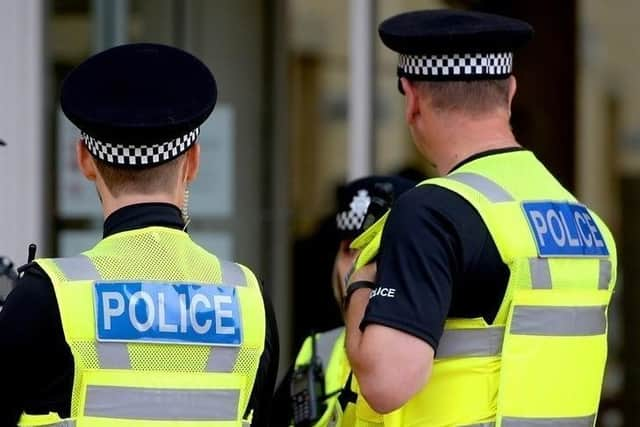The key to tackling anti-social behaviour is smarter patrolling of hotspot areas - Dr Alan Billings
We did this by bringing together both police data and also data from other organisations such as local authorities.
In the end, we focused on 12 hot spots in each of the four districts – Barnsley, Rotherham, Doncaster and Sheffield. These were a small number of streets in each place which between them had contributed most of the reported ASB.
Advertisement
Hide AdAdvertisement
Hide AdI was always very keen that we included in the hot spots some of the smaller towns – like Dinnington – as well as the bigger conurbations.


It is now six months since these 48 hot spots were identified and patrolled twice a day. Altogether, the police have patrolled for just over 5,527 additional hours. In addition, in some places, a further 1,076 hours have seen some joint patrolling with local authority wardens.
The first results of the exercise have now been analysed and they are looking very promising. ASB has been substantially reduced across all hot spots in all districts. The biggest reductions have been in Sheffield where ASB is down 34 per cent.
There have been other pluses as well.
As the officers have patrolled they have come across crimes being committed or have been alerted to them by local people. As a result, during this time, the patrols have made 47 arrests and conducted 91 stop and searches.
Advertisement
Hide AdAdvertisement
Hide AdWhat I find interesting about this is that the Home Office was persuaded to fund these actions because of a theory – the so-called ‘Koper Curve’. Professor Christopher Koper is a criminology professor at George Mason University and a prominent supporter of ‘evidence based policing’.
This came out of work by the Minneapolis police department. They realised that as much as 50 per cent of their calls for service were being generated by 5 per cent of places. So they focused their patrols on this very small number of blocks.
They also came to realise that the deterrent effect was achieved not just by being present but by turning up unexpectedly through the day. The patrols had to be regular but random. If they became predictable, their effectiveness was diminished. It was better to patrol for, say, 20 minutes, then return at an unexpected time than to patrol solidly for a couple of hours. It is some of these principles that South Yorkshire police have been borrowing.
What we should also notice is a further benefit of these hot spot patrols. If officers make a determined effort to speak to people as they walk around – residents in the street or businesses along the way – this has the added effect of building confidence in a community.
Advertisement
Hide AdAdvertisement
Hide AdIn many ways, this is a return in modern form to what officers did in the past – when there were more of them per head of population.
I hope that as well as noting the effects we were looking for with the increased patrols, the police and local authorities might also think about what other unexpected spin offs there might have been.
A shortened version of the Police and Crime Commissioner for South Yorkshire’s latest blog post.
Comment Guidelines
National World encourages reader discussion on our stories. User feedback, insights and back-and-forth exchanges add a rich layer of context to reporting. Please review our Community Guidelines before commenting.